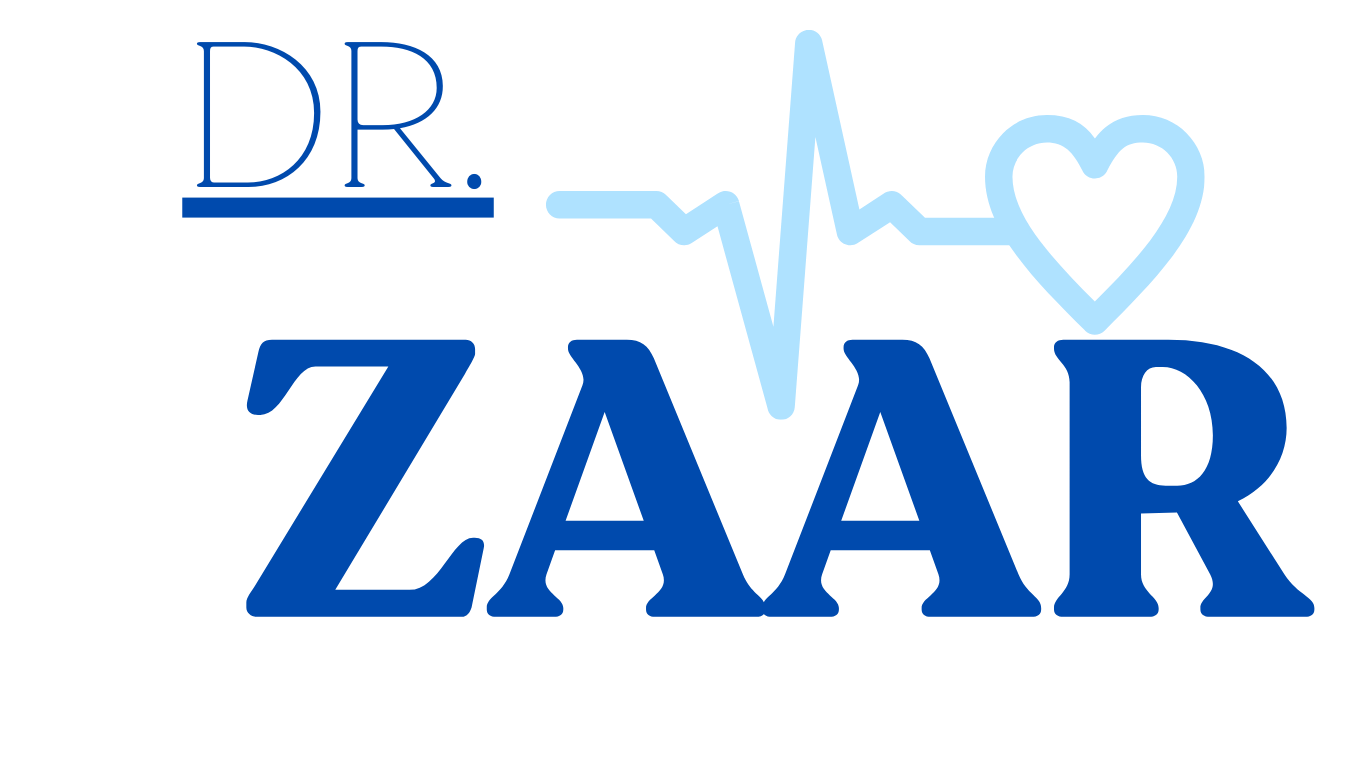Exploring the Role of Endothelin in Hypothyroidism
Case Study:
Patient Profile:
- Name: Sarah
- Age: 35
- Gender: Female
- Medical History: Sarah was diagnosed with hypothyroidism at the age of 30. She had a history of autoimmune thyroiditis (Hashimoto’s disease).
- Presenting Complaints: Sarah had been experiencing persistent fatigue, weight gain, and difficulty tolerating cold temperatures despite being on thyroid hormone replacement therapy.
Case Presentation:
Sarah, a 35-year-old woman, had been living with hypothyroidism for five years. She had a history of Hashimoto’s disease, an autoimmune condition where the immune system attacks the thyroid gland, leading to reduced thyroid hormone production. Despite receiving thyroid hormone replacement therapy, Sarah continued to experience troubling symptoms.
Initial Assessment:
Sarah’s endocrinologist conducted a comprehensive assessment to determine the underlying causes of her persistent symptoms:
- Thyroid Function: Blood tests confirmed that Sarah’s thyroid hormone levels were within the normal range due to thyroid hormone replacement therapy. However, her symptoms persisted.
- Cardiovascular Evaluation: Sarah’s blood pressure was found to be elevated, and she reported experiencing palpitations. Further cardiovascular assessment revealed signs of endothelial dysfunction and increased vascular resistance.
- Metabolic Assessment: Sarah had gained 20 pounds since her hypothyroidism diagnosis, despite maintaining a balanced diet and regular exercise. Her cholesterol levels were also elevated, and she exhibited signs of insulin resistance.
Interactions Between Endothelin and Thyroid Hormones:
Recognizing the potential interactions between endothelin and thyroid hormones in hypothyroidism, Sarah’s medical team pursued the following investigations:
- Endothelin Levels: Blood tests revealed elevated endothelin-1 (ET-1) levels in Sarah, suggesting a potential role of endothelin in her persistent symptoms and cardiovascular abnormalities.
- Cardiovascular Management: Sarah’s treatment plan was adjusted to address her cardiovascular concerns. She was prescribed medications to improve endothelial function and lower blood pressure.
- Metabolic Interventions: Given the metabolic implications of endothelin, Sarah’s endocrinologist recommended additional interventions to manage her weight and improve insulin sensitivity.
Outcome:
Following the adjustment of her treatment plan to address endothelial dysfunction and elevated ET-1 levels:
- Symptom Relief: Sarah reported a gradual improvement in her energy levels, and her tolerance to cold temperatures improved.
- Cardiovascular Health: Her blood pressure was successfully controlled, and follow-up cardiovascular assessments indicated improved endothelial function.
- Metabolic Improvements: Sarah’s weight stabilized, and she experienced a reduction in cholesterol levels. Her insulin sensitivity improved, reducing the risk of metabolic complications.
Conclusion:
This case study highlights the importance of investigating endothelin in the context of hypothyroidism, particularly in patients with persistent symptoms and cardiovascular or metabolic complications. In Sarah’s case, the interplay between endothelin and thyroid hormones played a crucial role in her ongoing health challenges. A multidisciplinary approach, involving endocrinologists, cardiologists, and nutritionists, allowed for comprehensive care that addressed both the thyroid disorder and the potential endothelin-related complications associated with hypothyroidism. Further research in this area is essential to better understand the interactions between endothelin and thyroid hormones in hypothyroidism and to optimize treatment strategies for affected individuals.
The Role of Brain Natriuretic Peptide in Polycystic Ovary Syndrome: A New Hormonal Perspective
Sarah’s Journey with Osteoporosis-Dancing with Estrone
Case Study: Sarah’s Journey with Osteoporosis: Sarah, a vibrant 62-year-old yoga instructor, received a diagnosis of osteoporosis after a minor.
Read MoreThe BNP Enigma in a Patient.
Case Study: Patient: 65-year-old woman with a 10-year history of osteoporosis and a recent diagnosis of heart failure with preserved.
Read More